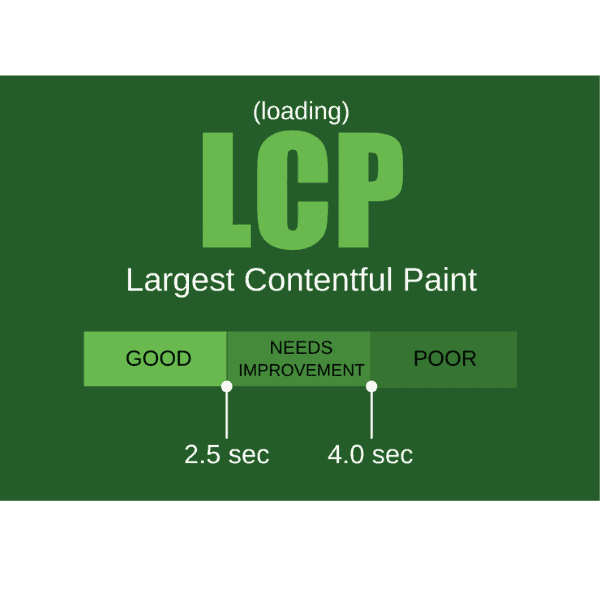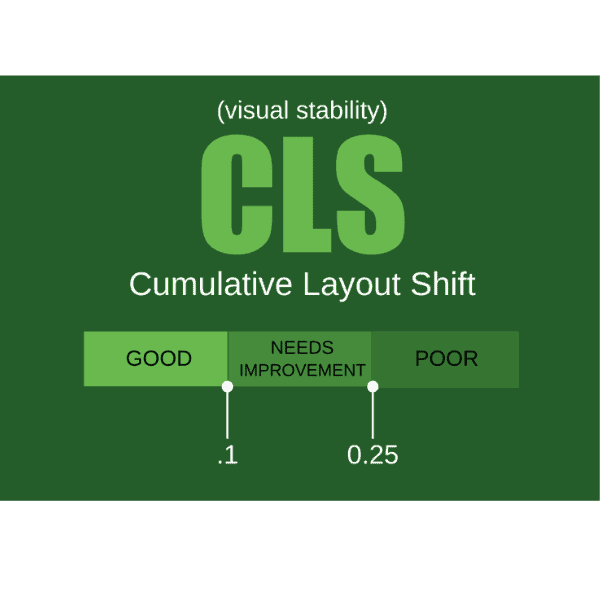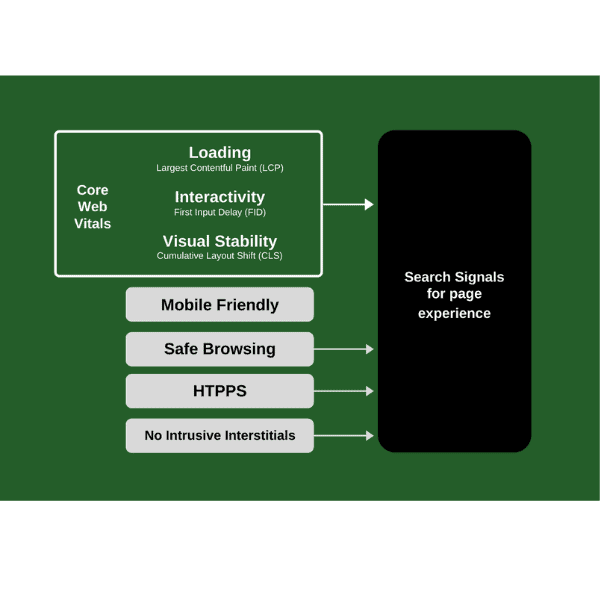Last week we just happened to revisit Aaron’s recent three-part series on the importance of User Experience. And then, this week, Google Webmasters announced that, as of May 2021, Core Web Vitals will become ranking signals as part of an update that will combine them with a number of existing UX-related signals.
What are Core Web Vitals?
Earlier this year, Core Web Vitals were introduced as an evolving means of measuring page speed, responsiveness and page stability as experienced by the user themselves. This contributes to Google’s goal of answering search queries with resources that offer a satisfying user experience.
What does this means for dealerships? Simply put, if your dealership’s website doesn’t pass Google’s Core Web Vitals assessment, they may not include it in the results for a prospective car buyer’s search query.
Worried? You should be. But you’re probably not alone. According to a study done back in August it was estimated that less than 15% of sites audited were optimized as needed to meet the benchmarks set in a Core Web Vitals assessment. However, since that study was released, Google has estimated a 70% increase in use of both Lighthouse and Page Speed Insights, implying that many site owners and website providers were proactively taking the steps they needed to, to improve their site performance before the May 2021 update. What about you? If you’re not sure, you might want to find out.
So, which factors currently fall under the umbrella of Core Web Vitals?
First, Largest Contentful Paint which measures how long it takes for the main content on a page to load.
Second, First Input Delay which measures how long it takes for a page to become interactive.
Finally, Cumulative Layout Shift measures any unexpected layout shift pertaining to a page’s visual content.
These Core Web Vitals will be evaluated annually and adjusted as needed to reflect evolving user expectations.
The May 2021 update will combine Core Web Vitals with existing UX-related signals like:
– Mobile-friendliness
– Safe-browsing
– HTTPS-security, and
– Guidelines designed to restrict Intrusive Interstitials. In other words, extraneous content (like pop-ups) that create a substandard user experience.
If your dealership’s site is managed in-house, you’ll want to make sure you’re putting a focus on each of these 7 factors.
And if it’s not, you’ll want to make sure you website provider is on top of this long before next May’s update takes effect.



